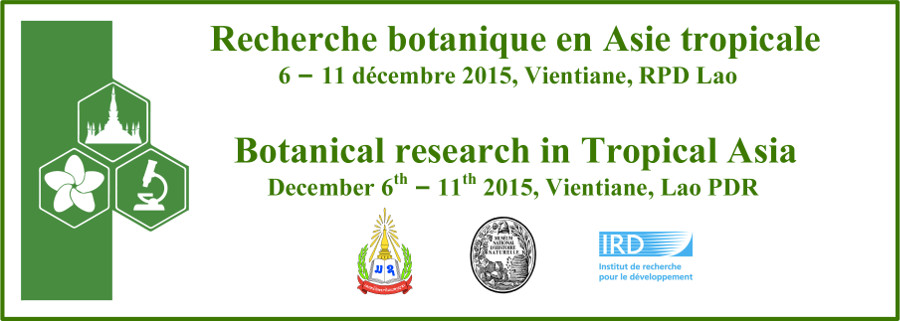Orchidantha N.E.Br. is the only genus of the family Lowiaceae. It comprises 21 species which inhabit Southeast Asia (from southern China to Indonesia). The most recently described species O. virosa was found in northern Vietnam; it is an endemic of small forest areas and should be considered a vulnerable species.
The specific epithet ‘virosa' refers to the strong smell of flowers similar to rotten meat, which attracts specialized pollinators. In zygomorphic flowers of Orchidantha one of three inner tepals is enlarged and resembles a ‘landing field' for pollinators with one of the three outer tepals expanded to form a ‘roof' above the ‘landing field'. The mechanism of pollination of O. virosa is unknown.
Field observations of blooming plants were performed around the clock using visual observations and videos in June, October 2014 and May-June 2015 in Xuan Son National Park, Vietnam.
Flowers of O. virosa are visited during the daytime by flies belonging to Drosophilidae, Phoridae, Muscidae, Anthomyiidae, Calliphoridae, Strongylophthalmidae and Sepsidae. Flies do not move inside flowers and do not touch pollen. Flowers are also visited by scarabaeid dung beetles (Phaeochrous) after sunset from 19:00 to 21:00. The beetles move along the ‘landing field', enter the flower, get covered by pollen mass, then leave the flower. Consequently, O. virosa is pollinated by Phaeochrous beetles.
Previous investigations had uncovered pollination by dung beetles during daytime in Orchidantha inouei from Borneo. Our research is the first to recognize nocturnal pollination for Orchidantha.
Flowers of O. virosa lack nectar are not thermogenic, do not have bright visual pointers, and do not have conditions as an oviposition site for pollinators. The pollination probably belongs to the deceptive pollination-type.
The study of pollination biology is performed with funding from the Russian Scientific Fund (No.14-14-00250), and Dynamics of anthesis with the Russian-Vietnamese Tropical Center.
- Poster

 PDF version
PDF version

